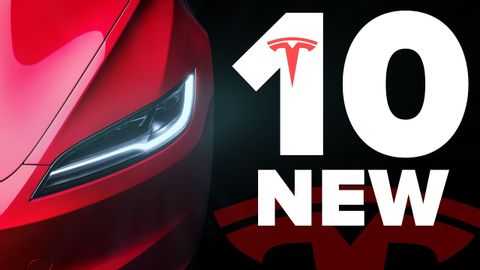埃隆宣佈 3 款新車和 10 款新產品 | 特斯拉盈利的未來 (Elon Announces 3 NEW Cars & 10 New Products | Tesla’s Profitable Future)
VoiceTube 發佈於 2024 年 07 月 08 日  沒有此條件下的單字
沒有此條件下的單字US /ˈʌltəmɪtli/
・
UK /ˈʌltɪmətli/
US /ɪkˈspɛkt/
・
UK /ɪk'spekt/
- n. (c./u.)聲稱、主張;聲稱;要求;索賠;權利;索賠
- v.t.要求、認領;奪走(如生命);聲稱;索取
US /ˈkɚrənt, ˈkʌr-/
・
UK /'kʌrənt/
- n. (u.)電流;流量;流通貨幣
- adj.目前的;通用的;被普遍接受的;有效的;最新的
- n.趨勢;潮流;輿論
